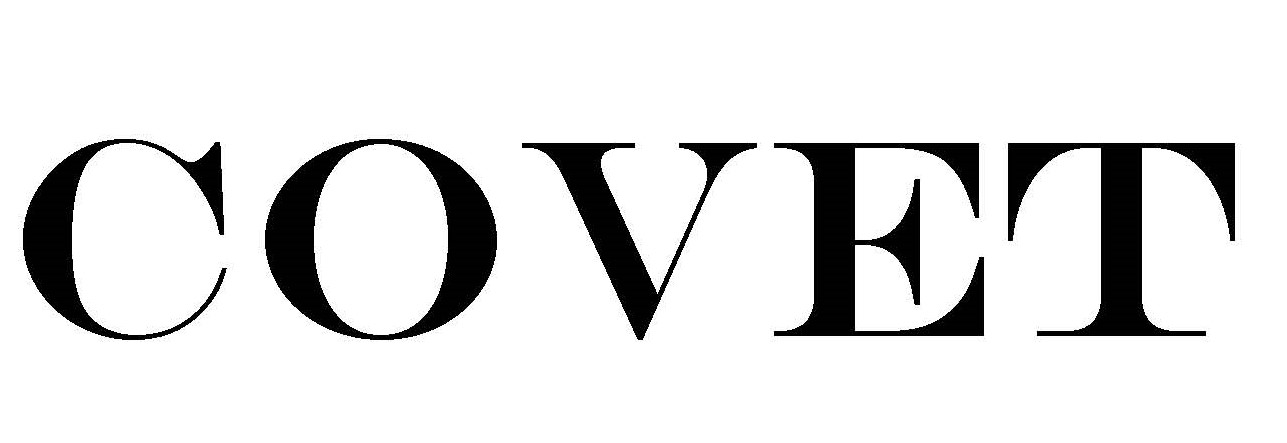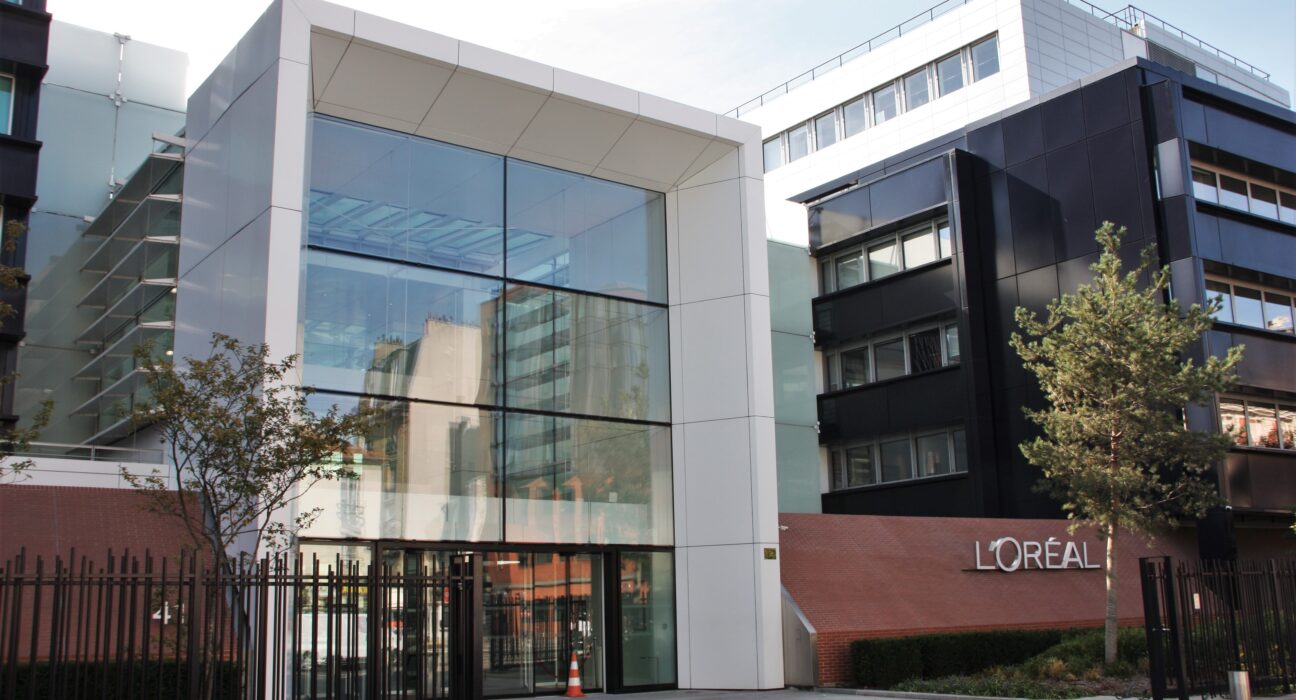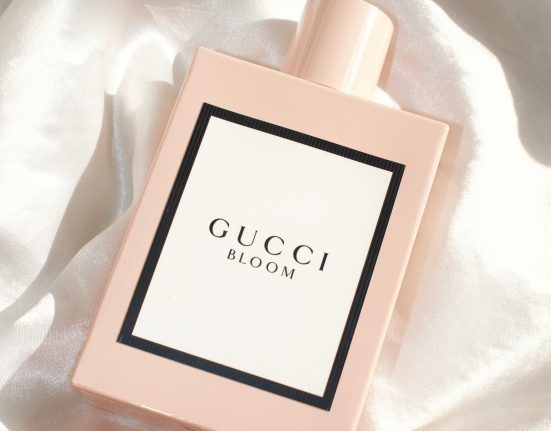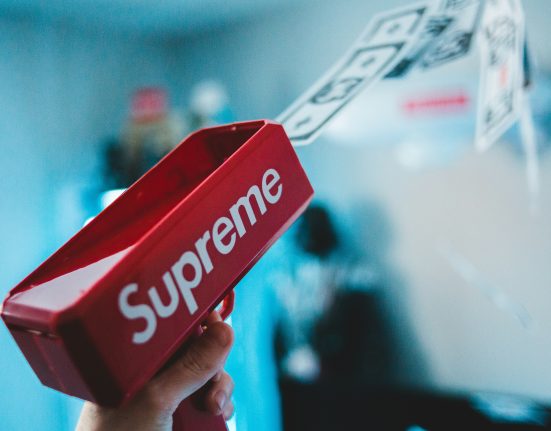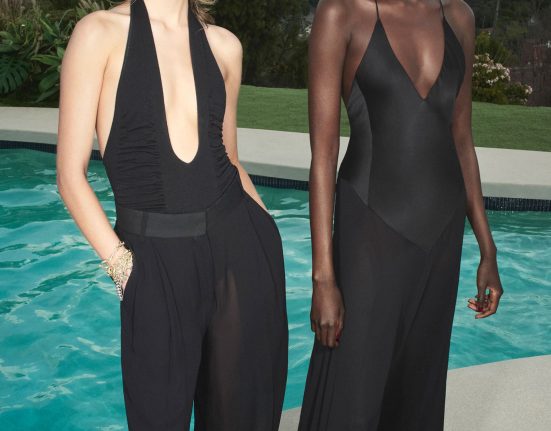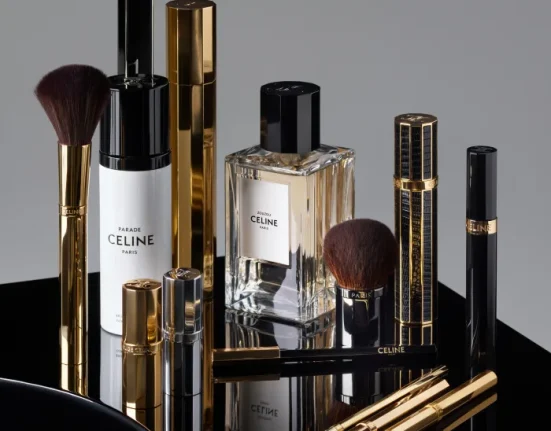The French personal care company has introduced a new consumer-facing environmental label feature called the Product Impact Labeling System (PILs), where customers are offered the environmental impact of a product compared to other L’Oréal products in the same category.
This system is done considering 14 planetary factors, like greenhouse gas emission, water scarcity, ocean acidification, disposal, packaging, manufacturing process, transport, etc. It was first launched in France in collaboration with the Garnier brand, which has now been extended to the USA, the PILS scores are displayed on product information labels below the ingredient list.
According to Glossy, by 2023 products by Loreal Paris, Cera Ve and Redkin will also feature this system and will also be extended to the retail partner site. Chief sustainability officer for L’Oréal North America Marissa Pagnani McGowan said; “If you ask anyone, in choosing between two equally [priced] things, the more sustainable option would be more appealing. But it is hard to get good, reliable information that is science-based audited, and tested, helping you to make [informed] decisions.” she continued; “An ongoing challenge is turning a lifecycle assessment, which is very complex, into something simple to understand. The way we try to do that is to say that, based on our product mix and our lifecycle analysis, we’re scoring products [a certain way],” she said. “The consumers have been quite receptive to it. Do they understand every aspect of it? I’m not sure they even need to. But they understand that the science-based analysis, the lifecycle analysis, and planetary boundaries guidance is driving [any given] score.”
Many brands are gravitating towards this sustainability labeling, ‘CoCokind’ a skincare brand, for example, debuted its environmental labeling in March 2021, offering its customers “Sustainability Facts,” on its outer packaging something modeled after a nutrition label. The brand uses the Department of Energy’s Life Cycle Inventory Database to determine its carbon footprint and worked with Carbon Calories to validate all the featured information.
The president of research and innovation for L’Oréal North America. Sanford Browne, also added: “The survey results show that consumers have clear expectations for sustainability, to meet their expectations, we set action plans to improve the environmental profile of lower-ranked products. By 2030, our goal is for 100% of our products to incorporate into their design improvements in formulas, production, packaging, and other aspects that help reduce their impact compared to previous generations of products.”
McGowan also added; “We’re active participants in the EcoBeautyScore Consortium [to develop] an EcoBeauty scoring system. As that becomes available, we have committed ourselves to bring apples-to-apples comparisons between competitor products,”
